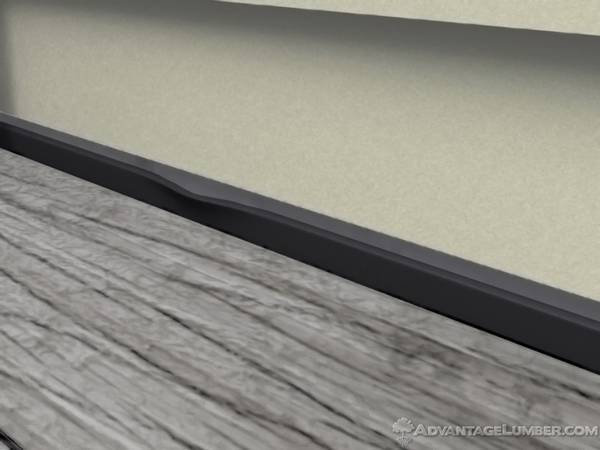
What if I told you there’s a product used in construction that was designed to resist water damage to vulnerable locations on your decking? Chances are you have some on your decking right now, and no, I’m not talking about sealers or oils.
Flashing, a metal or plastic material, is used as a barrier between water and those moisture sensitive area. It’s usually applied to the ledger board. Now, just because flashing is present does not mean it’s doing its job properly.
It’s important to inspect the ledger and the flashing to see if it’s still in tact. Look for the obvious, is the wood soft, rotted, or decaying? Is it still firmly intact? Are there any spots where water or moisture is collecting? How about the fasteners holding everything together? Are they approved and corrosion free?
If you answered yes to any of those questions, it’s critical you replace the ledger and install new flashing correctly. Ledger board failure is the leading cause of deck collapses. This would be the time to contact a local licensed contractor to take over the installation process. Replacing a ledger can be a tricky situation that only someone who is certified should tackle on.
If you want to go the extra mile with flashing, and add a few more years to the life of your deck, consider adding flashing to the joist system.
A ledger board without the proper flashing is just a time bomb waiting to go off. Inspecting for such issues will undoubtedly save you from any unfortunate circumstances, such as a deck collapse.